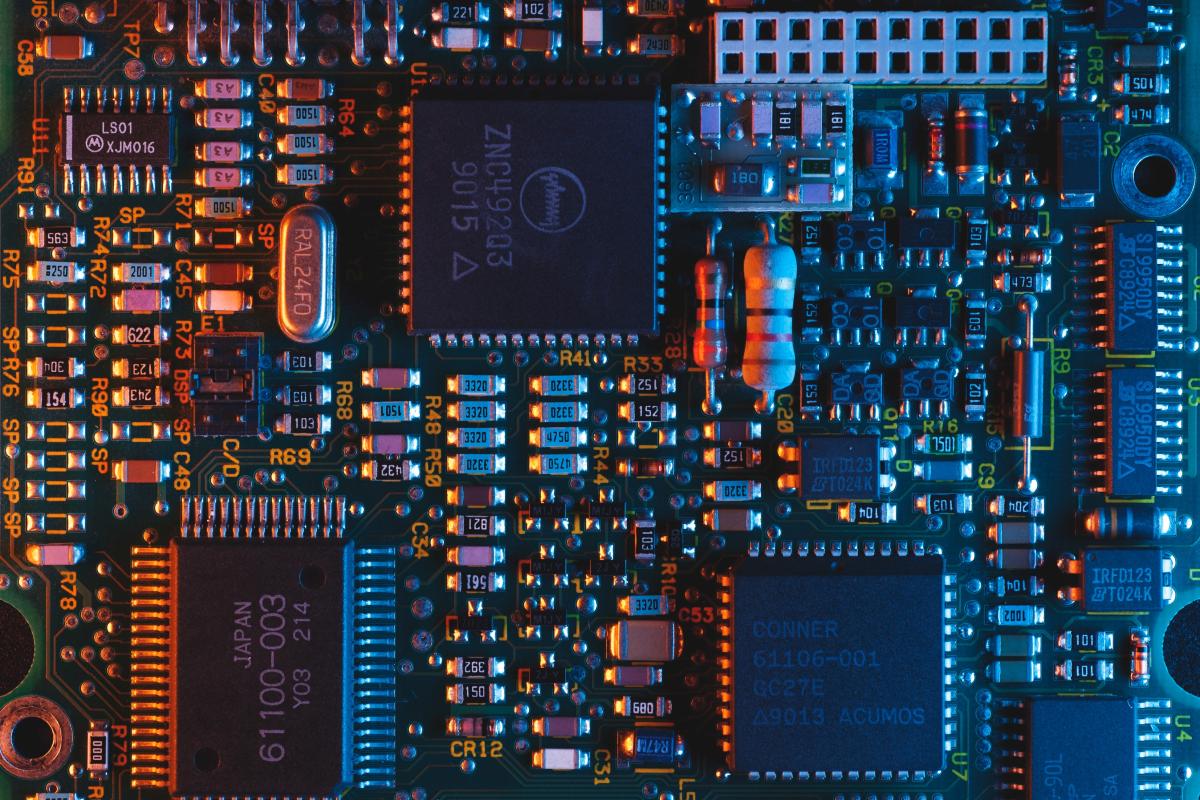Customers don’t care about technologies. They care about the experience that brands give them, on and offline. But to deliver that experience brand owners must embrace existing and emerging technologies. And, by the same token, technology specialists must understand more about brands and consumers.
It is where technology meets creativity that the magic happens. The relationship between the two is symbiotic. Technology can inspire a new direction for creativity and, likewise, creativity can spur advances or a pivot in technological development and find new uses for existing technology.
Perhaps the most interesting use of technology is in the development of experiences, products and services that add a deeper value to the brand – improvements that look to shift longer term metrics, such as price elasticity and brand equity measures, that ultimately have the biggest impact on profitability and growth. Think of Nike Fuel, Fiat’s eco-drive and Ticketmaster’s social seating.
The purchase funnel has been a flawed model for describing how people shop for a long time; now it lies in tatters. The decision-making process is more of a ‘spider web’ pathway – one that can skip stages, leap back, go left, go right, miss entire stages and eventually end up with a single purchase decision.
Technology can play a large role in re-engineering how brands present themselves to the world – and this is much more than simply ‘communications’ and putting TV commercials on YouTube. It’s about engineering optimised, engaging and meaningful brand experiences that convey the brand’s narrative for the ‘spider web’ purchasing model.
Using this type of model, we have recently launched Sage by Heston Blumenthal, a range of high-end kitchen appliances. The content-driven campaign is designed for shoppers using mobiles and other devices to choose before deciding where to buy. Another example is for Avios travel rewards currency, with a revamped ‘data-capture’ phase of the sign-up process. Rather than having a linear, ‘answer these questions so we know about you in great detail’ structure, the site is an interactive, immersive experience that primes and educates people to get the most from Avios – data involvement, not data harvesting.
Building an integrated team requires trust
On occasion there are requirements for technology that are out of the ordinary and too specialised to be developed in-house. So brand owners and their marketing agencies need to work with cutting-edge technology specialists to become an integrated unit with tech baked in at the core. Several tech companies we have spoken to are cynical about working with marketing agencies. There’s a fear, based on a few bad experiences, that agencies will steal ideas and run off with the booty. Open collaboration is the most sensible model for mutual benefit but requires trust from all parties. If specialist tech is baked in a marketing campaign,
we always give them credit and collaborate openly with them and the client, fronting them in meetings and stepping back when we aren’t needed.
Brand owners are the ultimate budget holders, brand guardians and decision makers. Technology companies have the IP and the ability to invent and prototype. The role for marketing agencies is, as ever, to bring the creative interpretations that deliver the brand experience. But there’s a new role as a translation service – to turn the technology the tech companies love into the customer language the brands care about: to work with the tech companies to deliver what brands need. Brands, their agencies and technology companies need to play nicely together and share their toys.
A new initiative emerged recently, supported by big-name global brands and their agencies (including MBA), which seeks to connect specialist technology startups with brands. The Bakery provides a physical incubator space in the thriving Tech City London innovation hub for young firms. It also provides access to real briefs from the world’s largest businesses, including InBev and Heinz, combined with stewardship from their agencies. In this approach it is the first business accelerator to marry creativity and its direct relevance to brands and people’s lives, with innovative, focused tech development.
We have been working with Everest, the home improvement company, for a number of years, during which we have discussed how prospective customers can be given a better idea of what their home will look like with new windows, doors or a conservatory, for example. Developing augmented reality technology in-house didn’t make commercial sense. But with the help of The Bakery we may well have found a solution that makes this house visualisation both simple for the user and cost-effective for Everest.
Exploring new concepts alongside the traditional communications mechanisms is essential to wooing the modern customer. Creative technology should be at the heart of brands’ thinking. Brand owners and their agencies must consider how purchase pathways can be enhanced at both a practical and emotional level by the creative, human and meaningful application of technologies. Ask both what technology can bring to the brand and what the brand can bring to technology.
James Devon is planning director and Alex Cowell is chief technology officer at MBA. [email protected] [email protected]
This article was taken from the January 2014 issue of Market Leader. Browse the archive here.
